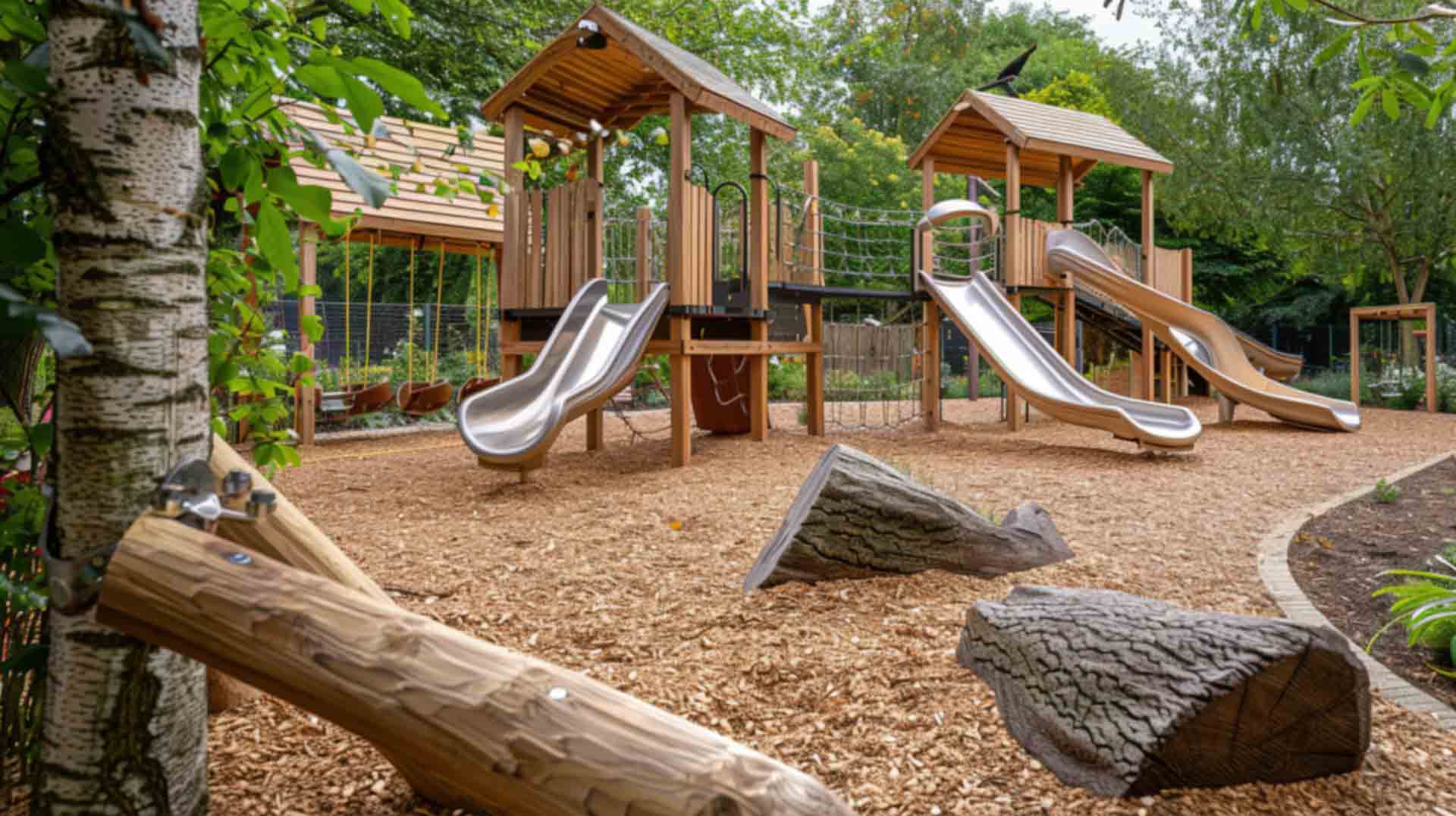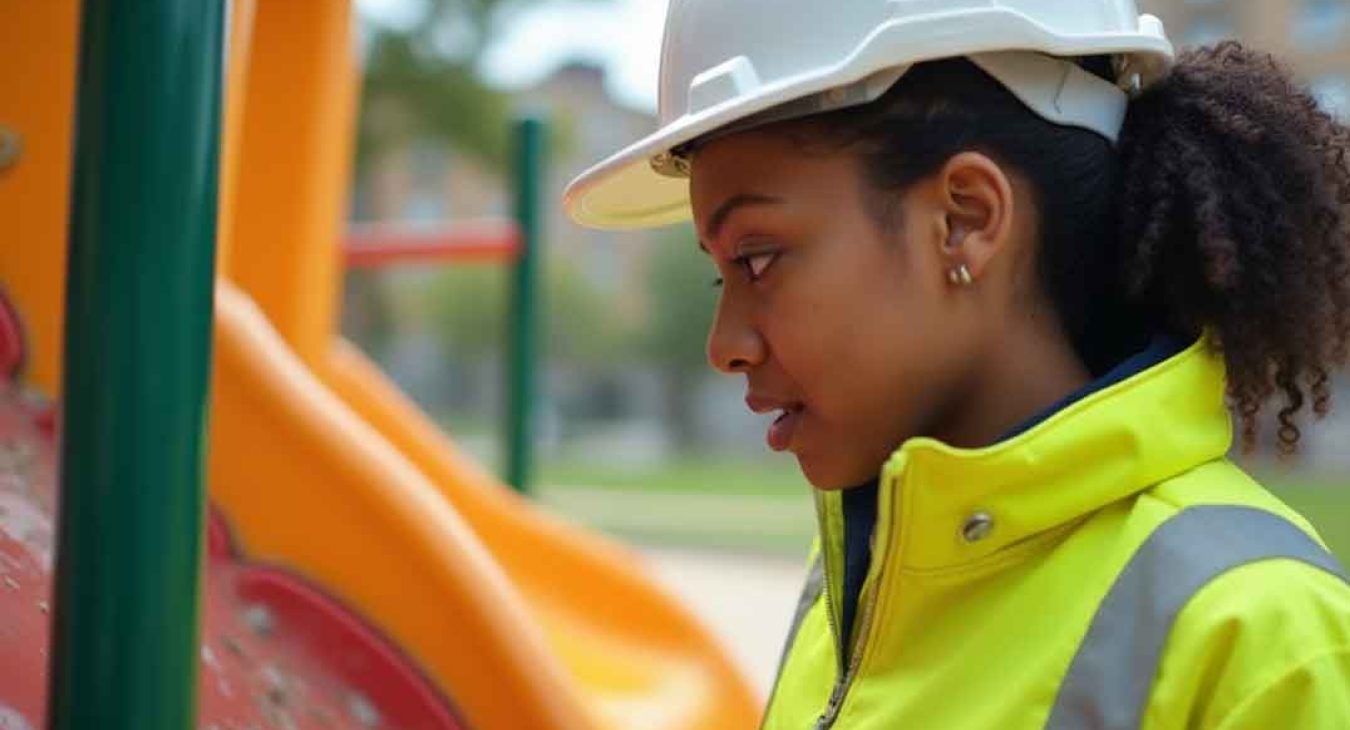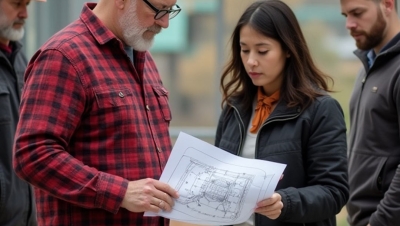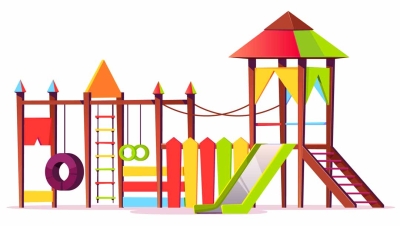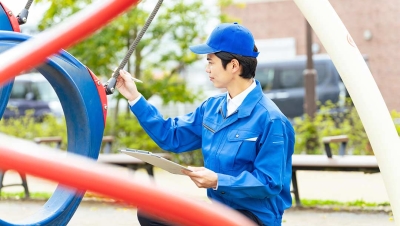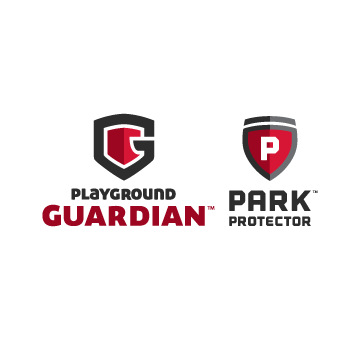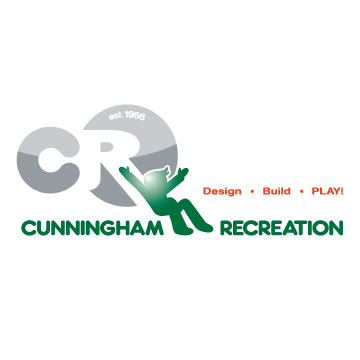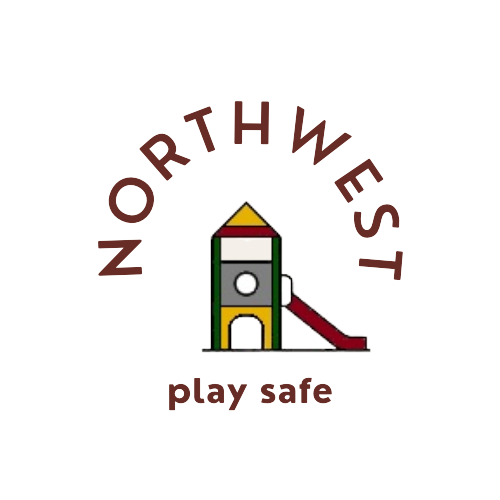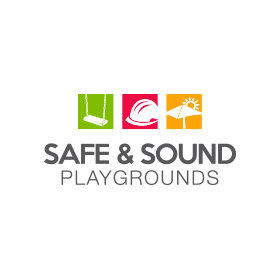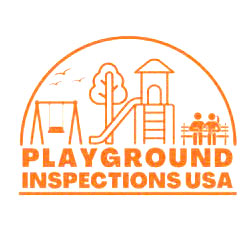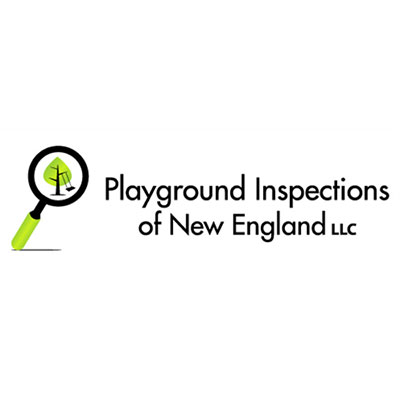Working Toward a Common Goal
Your responsibility as a Certified Playground Safety Inspector to provide and maintain safe, challenging, fun, age-appropriate playgrounds is not an easy task. The National Recreation and Parks Association is here to assist you and your agency in developing reasonable solutions to everyday challenges.
I continue to hear charges of how playground safety inspectors have taken the fun out of play. The CPSI Program has been used as a scapegoat for some of the difficult challenges facing many of us who work in the playground equipment and surfacing industry.
When the National Playground Safety Institute (NPSI), the organization that co-founded the CPSI course and test, was formed decades ago, I had no idea how much impact the CPSI Program might have on our industry. What I did know was that there was a huge need for information and education on all aspects of play and playground safety. I come from a long career in municipal park and recreation management and have experienced first-hand the frustration of trying to meet our responsibilities to our constituents while living within our fiscal means.
I have witnessed the changes in American Society when it relates to the general public perception of the government's responsibilities to preserve and protect them from their own actions on our public lands and facilities. This perception has resulted in huge financial losses for some. These instances, as few as they may be, have resulted in a ripple effect that influences how we all do our jobs and still provide and maintain fun and challenging play spaces.
The number of reported playground injuries continues to rise despite all that has been done to try and educate the general public and train professionals within our industry on the importance of good design, layout, installation, maintenance, inspection, and repair. I find myself questioning where I went wrong. Why do some still fault CPSIs for taking fun, challenge, and risk-taking out of play? I am sure there is some truth to this charge, but it is brought on because of liability issues facing government agencies each and every day. This liability exposure presents real financial resource issues that must be dealt with responsibly.
Likewise, manufacturers must bear responsibility for designing equipment that meets children's developmental needs and still complies with current safety requirements. Child development experts need to become as knowledgeable about current safety and accessibility recommendations as they are about the benefits of play. Parents, caregivers, school officials, and paid or volunteer playground attendants need to understand the basics of playground safety and the importance of their responsibility to ensure children are playing in a safe environment, and follow some basic personal behavior safety rules, or take on some of the blame for a child getting hurt while under their watchful eye. If we could all work together and do our part, we would be more successful in meeting the public's expectations.
I will continue to preach against the premise that anyone can effectively legislate playground safety. I have yet to see it done reasonably and efficiently in our industry. Safety is an attitude evolving from education and experience. Only when all those involved in a child's development and/or designing, maintaining, inspecting, or supervising their everyday environment work together to find creative solutions to everyday problems can we attain NRPAs Mission and Vision. Our vision includes a long-term goal of training at least one person from every community in the United States to become a Certified Playground Safety Inspector. These inspectors will share their knowledge on the public use playground standard of care with other people involved in playground operations within their agency and throughout their community. CPSI training efforts will develop a network of all parties involved in public use playgrounds to help support their continuing education and professional development. This shared knowledge base will strengthen the collective capacity of communities to provide safer and more enriching play experiences.
The ultimate goal is not to eliminate risk from play, but to manage it in a way that allows children to grow, explore, and challenge themselves in meaningful ways. Risk is an essential part of play—without it, children lose valuable opportunities to develop resilience, problem-solving skills, and confidence. What we seek is balance: ensuring that play environments minimize the likelihood of life-threatening or debilitating injuries while still fostering creativity, discovery, and joy.
The CPSI Program, backed by NRPA, continues to evolve with research, industry innovations, and lessons learned from the field. As new challenges emerge—whether related to equipment, surfacing, inclusivity, or accessibility—we remain committed to providing education, resources, and advocacy. Together, we can shift the conversation from blame to collaboration, from fear to empowerment, and from restriction to innovation.
Playgrounds are not just spaces for children to pass the time; they are foundational to building healthy, active, and connected communities. By working hand-in-hand—inspectors, manufacturers, educators, caregivers, and policymakers—we can ensure that every child, regardless of background or ability, has access to safe, challenging, and joyful play opportunities.

